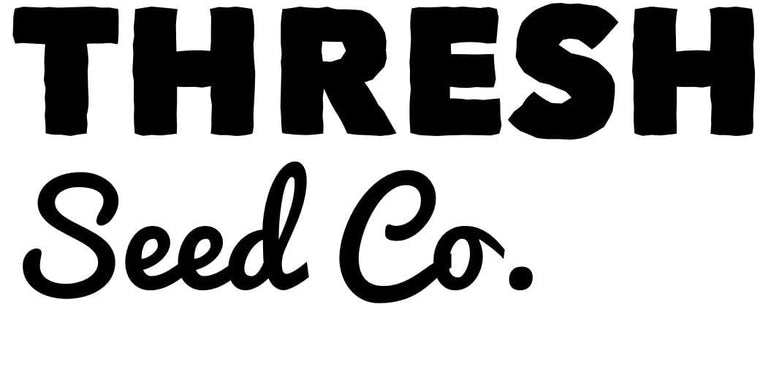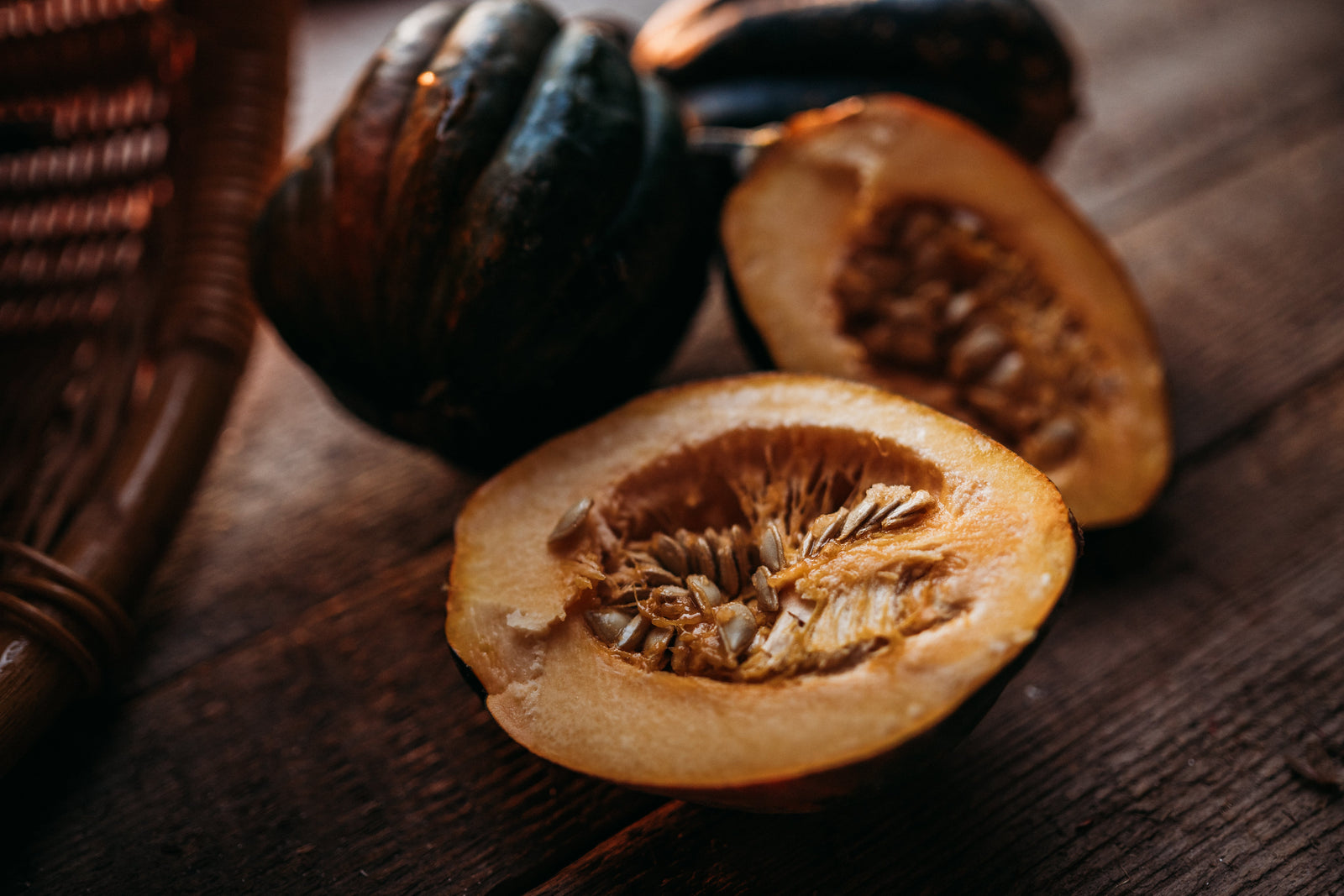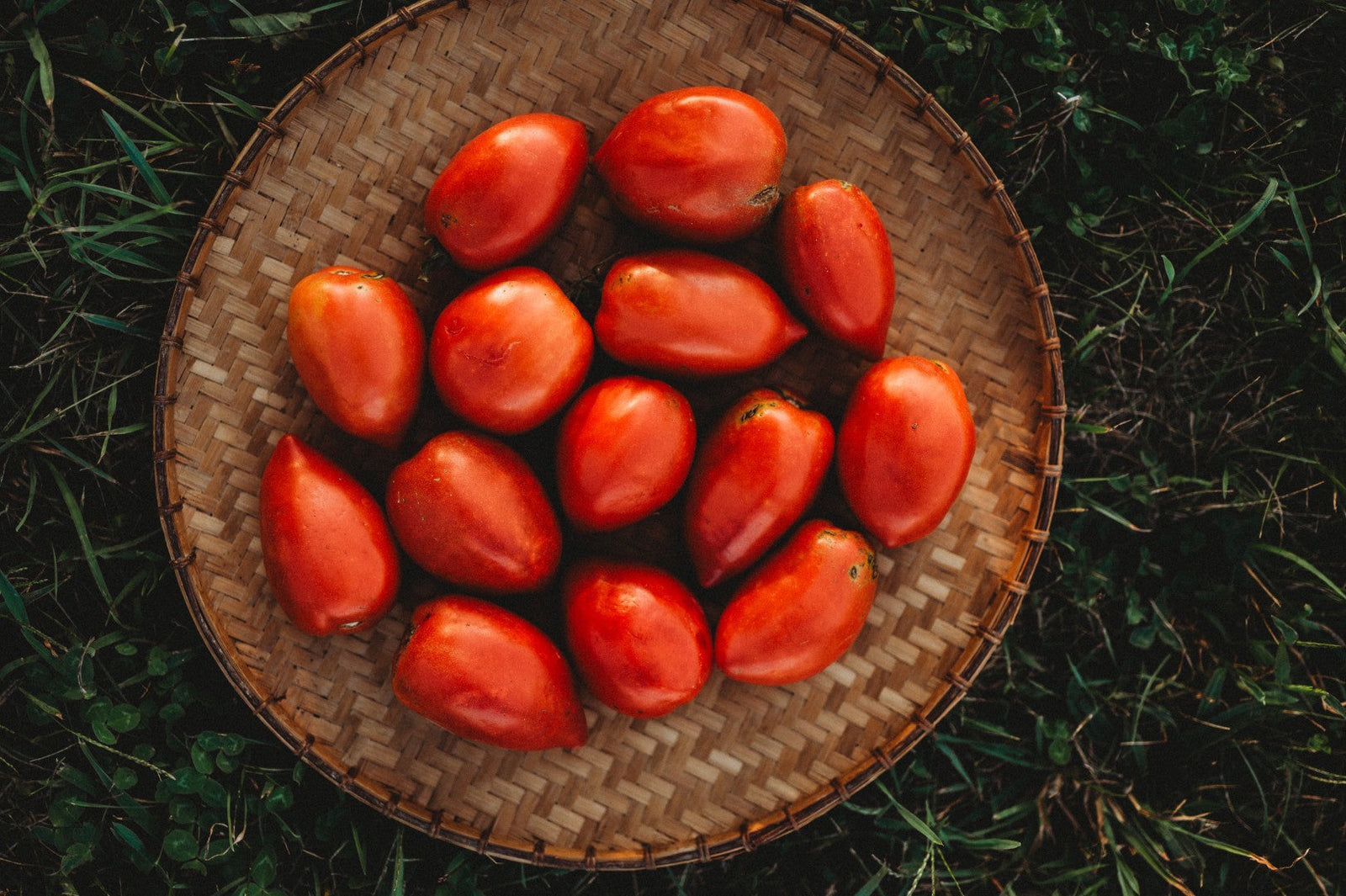Dear gardening friends, it’s pot roast season—a time for slow, easy meals and a house filled with those rich, belly-warming aromas we wait for all year. My potato plants yielded a bumper crop, and I've got a fridge drawer brimming with colorful, wholesome carrots to go with them. Few vegetables are more rewarding to grow than carrots. They’re crisp, sweet, and come in more shapes and colors than most gardeners realize. When you grow your own, you open the door to varieties you’ll never see at the grocery store—like my favorite, the thick, old-fashioned types once prized for their flavor, not just their shelf life.
Over the years, we’ve trialed dozens of carrots in every color and shape imaginable—from classic orange to deep purple, red, and gold. Below you’ll find our eight favorite heirloom carrots, ranked from #8 to #1, based on flavor, appearance, and performance in the home garden.

8. Oxheart
With its broad, heart-shaped roots and short, stocky growth, the Oxheart carrot shines where long carrots struggle—especially in heavier or clay soils. These tend to be a bit lighter in color, but don’t let that deter you—they’re beautiful and remarkably consistent. Plus, Oxheart isn’t a variety you’ll find just anywhere, so it adds a bit of interest in a field of orange look-alikes. Despite its stout form, the texture is crisp and the flavor surprisingly sweet, particularly after a few cool nights. If your soil is less than perfect, this is the variety that will make you feel like a carrot-growing pro.

7. Parisian (Paris Market)
Also known as Paris Market, this isn’t your typical carrot—and that’s exactly why we grow it. The round, orange roots are unlike anything you’ll find at the grocery store. What’s more, they’re incredibly tolerant of compacted soils and crowding.
One year, we planted Parisian into a bed that had already hosted another crop earlier in the season. In our fatigue, we neglected to rework the soil and didn’t thin as thoroughly as we should have. But to our surprise, the carrots just seemed to accommodate each other. The result was a solid field of round, golf-ball-sized carrots.
I had intended to capture a photo of them just like that, but our daughter, in her excitement, pulled the whole crop—a portion of which is pictured above. Do those carrots look neglected? You’d never know we basically ignored them for two months.

6. Danvers 126 (Danvers Half Long)
Also known as Danvers Half Long, Danvers is a carrot that was bred for heavy soils—and it shows. Developed in the 1870s near Danvers, Massachusetts, this dependable American heirloom strikes the perfect balance between the short, stubby types that thrive in clay and the long, tapered roots preferred for fresh market. The result is a carrot that performs almost anywhere, producing uniform, richly colored roots with that classic old-fashioned sweetness.
Our favorite way to serve Danvers is to cut them into thick, diagonal slices. Their size and shape—close to that of a halved red potato—means they cook in about the same amount of time, so you never end up with mushy carrots. And their sturdy, thick pieces give any dish a hearty, rustic look that feels like fall on a plate.

5. Tendersweet
I usually don’t do anything special to preserve my carrots—just wash them, bag them up, and refrigerate them. But when you get a bumper crop and fridge space is running low, sometimes you have no choice. In those situations, my preference is to blanch and freeze them—a process that softens them up a bit and makes them perfect for roasting. While most carrots lose a bit of color during this process, Tendersweet is unique. It maintains its bright, vibrant hue throughout.
It’s also an excellent carrot for fresh eating, with a smooth, coreless texture and a flavor that lives up to its name—sweet, mild, and tender even when pulled a little late. Whether sliced into salads or roasted straight from the freezer, Tendersweet delivers color, consistency, and that unmistakable fresh-from-the-garden taste.

4. Dragon
Here’s a secret: while many gardeners think colored carrots are new to the market, they’ve actually been around since the very beginning. Before orange ever became the standard, carrots came in shades of purple, red, yellow, and white. But sometime in the 17th century, orange varieties—popularized in the Netherlands—became the norm, and nearly all breeding efforts shifted toward improving them.
Consequently, when purple carrots began reclaiming their place in the garden, many early types lacked the sweetness we’d come to expect from modern orange carrots. That changed with Dragon, bred by John Navazio of Cornell University. One of the first improved purple varieties to combine vibrant color with true carrot sweetness, Dragon boasts deep violet skin and a bright orange interior.
The flavor is slightly spicy when raw and mellow-sweet when roasted, and the contrast of color makes it a standout in any dish—or any garden row. If you’re looking for a carrot that turns heads at the market or in the kitchen, Dragon earns its name.

3. Little Fingers
By now, I think most of us know that the “baby carrots” you find in the grocery store aren’t actually baby carrots, but rather small pieces milled from larger roots—usually imperfect ones that were rejected for one reason or another. Although true baby carrots, in that stubby, perfectly-shaped sense, don’t really exist, varieties like Little Fingers get us pretty close.
They’re not exactly baby carrots—more like teenager carrots—slender, crisp, and just the right size for snacking straight from the garden. Originally bred in France, Little Fingers mature quickly, often in under 60 days, making them perfect for early harvests or succession planting. They’re remarkably uniform and sweet, even when crowded, and they don’t need peeling to enjoy.
If you love the idea of pulling a handful of perfectly snackable carrots for lunch or the kids’ garden basket, Little Fingers is the variety to grow.

2. Chantenay
If I could recommend just one carrot for beginners, it would be Chantenay. This old French variety is about as foolproof as they come—stocky, dependable, and full of rich, classic carrot flavor. The roots are shorter and broader than most, tapering to a neat point that resists splitting even in heavy soils.
It seems that with this variety, every plant produces a perfect root. The uniformity is remarkable, and the flavor only improves after a frost, developing a sweetness that holds beautifully in storage or when roasted. Chantenay carrots are also among the best for canning or freezing, holding their texture better than most.
If you’re new to growing carrots—or just want one that never disappoints—Chantenay is the one to beat.

1. Nantes
It’s our best seller for a reason. Nantes is everything you could want in a carrot—dependable, crisp, and consistently sweet. The roots are smooth, nearly coreless, and uniformly shaped, making them as beautiful as they are easy to harvest. Whether you’re slicing them fresh for snacking or roasting them whole, they deliver perfect texture and flavor every time.
Originally developed in France, Nantes has become the gold standard for home gardeners and market growers alike. It’s adaptable to a wide range of soils and climates, matures quickly, and stores well without losing its sweetness. For reliability and all-around performance, this is the carrot that sets the bar—and the one we grow every year without fail.

Honorable Mentions
There are plenty of other heirloom carrots worth growing, even if they didn’t quite make our top eight. Some are perfectly suited to certain gardens, but not ideal for everyone.
Kuroda and Imperator 58, for example, are delicious carrots that perform beautifully in deep, loamy soil but can become deformed or forked in compacted beds. If your soil is well-prepared and loose, they’ll reward you with long, elegant roots and exceptional flavor.
The Rainbow Carrot Mix, which blends colorful types like Solar Yellow, Lunar White, and Atomic Red, is undeniably beautiful, but some of these shades are a bit unrefined and may lack the sweetness new gardeners expect from a classic orange carrot.
Finally, some of the most vibrantly colored types, such as Black Nebula, have a tendency to get a little “hairy.” They’re still excellent for juicing, and their deep purple pigments—rich in anthocyanins—make them nutritional powerhouses. But for snacking straight from the garden, they might not be everyone’s favorite.

Final Thoughts
Carrots are one of those crops that quietly earn their place in the garden year after year—easy to grow, space-efficient, and endlessly rewarding. Whether you’re drawn to the reliable sweetness of Nantes, the sturdy charm of Chantenay, or the novelty of Dragon and Parisian, there’s a variety for every gardener and every soil type.
Plant a mix, take notes, and see which ones win your heart (and your taste buds). The beauty of heirlooms is that there’s always something new to discover—and often, the best way to find your favorite is to grow them side by side.
Whichever ones you choose, you’ll be rewarded with that unmistakable satisfaction of pulling a perfect carrot from the soil—crisp, sweet, and a little bit magical every time.
Want to learn the secret to growing perfect carrots every time? Check out our blog post here.
Ready to get growing? Check out our full selection of carrot seeds here.






